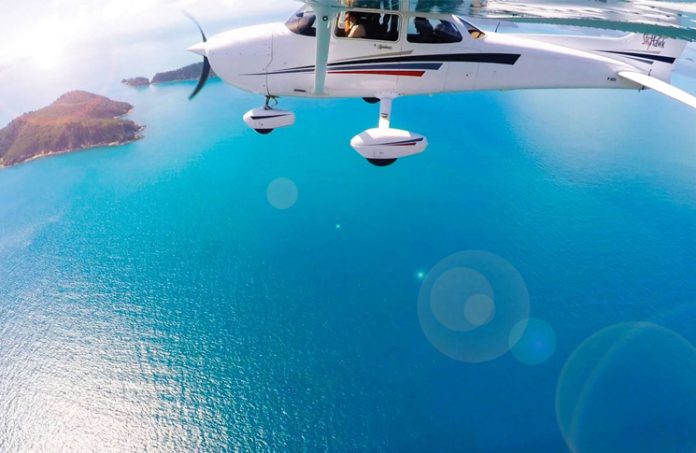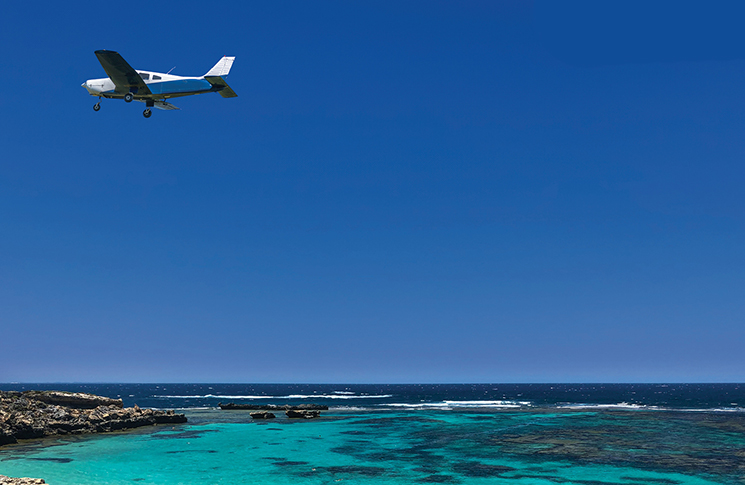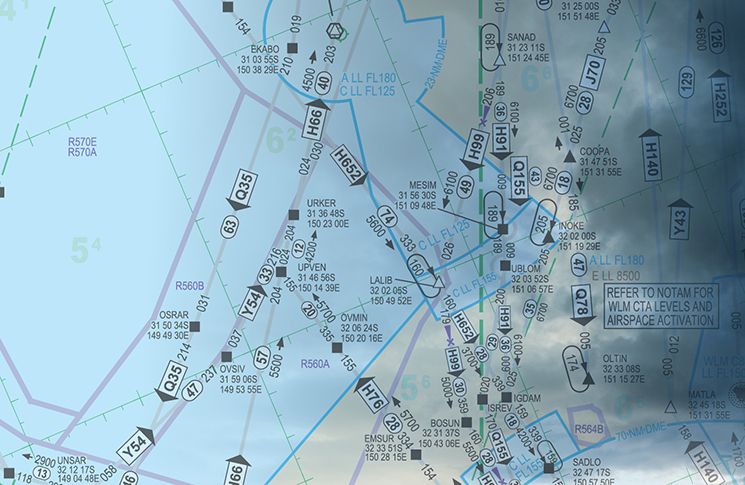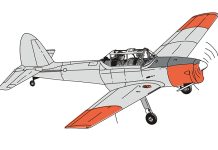Many years ago, I did a lot of my flying in and around North Queensland and Cairns was a regular destination for me. I was quite familiar with the area and the weather conditions that can be experienced in the region.
The Scenario
My first flight instructor had been flying in New Guinea as a commercial pilot at the time and he had finished his role in New Guinea and he was returning to Australia via Cairns. I used to fly into Cairns quite regularly so I arranged with him to meet him in Cairns and return to Townsville to have a brief stay there with me. I had done quite a lot of flying hours since the early days under his instruction, so I was keen to drop into Cairns and pick him up and ‘fly my instructor back with me’. It’s amazing how puffed out a man’s chest can become.
I obtained a weather briefing, lodged a flight plan and set off confidently for Cairns mid-morning, tracking up the coast via Dunk Island as I had done many times before. There was an active Defence Force no-go zone just off the coast of Innisfail, so I had flight planned to fly up along the coast and into Cairns.
Overhead Dunk Island at 3000 ft AMSL I could see low cloud up ahead along the coast. I called up Cairns and got a weather briefing for the airport and it was VFR no problems, so the low cloud up ahead was somewhat local. I thought I could slip down under it and proceed into Cairns OK. At about halfway into Cairns I had descended to 500 ft above sea level and the cloud and light rain was blending in with the sea. In effect I had lost a visual horizon, so it was DECISION TIME and I had to throw away the desire to ‘get to Cairns to pick up my mate’ so to speak.
Along the coast at that point I knew there was a small range of hills rising to about 1000 ft right down to the water, so I knew it was best not to turn inland when I was at 500 ft, so I elected to ‘get onto the instruments’ and execute a steady right-hand 180-degree turn out to sea and head back the way I had come. A steady rate of turn brought me around onto a reciprocal track and I steadied both the aircraft and myself and set a heading and climbed back towards Dunk Island. By the time that I was overhead Dunk I was comfortably back to 4000 ft in VFR and called in a flight plan amendment and returned to home base uneventfully.
Once back at home base I parked the aircraft and then proceeded to drive to Cairns where I met up with my mate and we stayed overnight and returned home safely the next day.
Lessons Learnt
I have read (before that day and since) how pilots/people can be driven with a desire to ‘accomplish the mission’ and end up paying the ultimate price and this has even happened in the Cairns region due to being caught out in non-VFR conditions which can occur quite quickly at times in that region.
I had never ventured into such conditions before that day and I know that my desire to ‘get to Cairns’ initially overrode my training lessons regarding remaining VFR at all times.
Note: If you’ve enjoyed this close call, Flight Safety Australia has an offer that will make those long winter evenings much more entertaining. You could call it Christmas in July. We’re offering our 2017 Collectors’ Edition and the Close Calls Sport Aviation Special 2017 for just $7.50 delivered—a 50 per cent saving! Go to the CASA online store during this month only.






very good advice and common sense prevailed well done
Yes ..go under low cloud and risk hitting some ground object..or take your chances and go through the cloud.I only did the latter because my LSA had auto pilot & GPS …a real life saver.